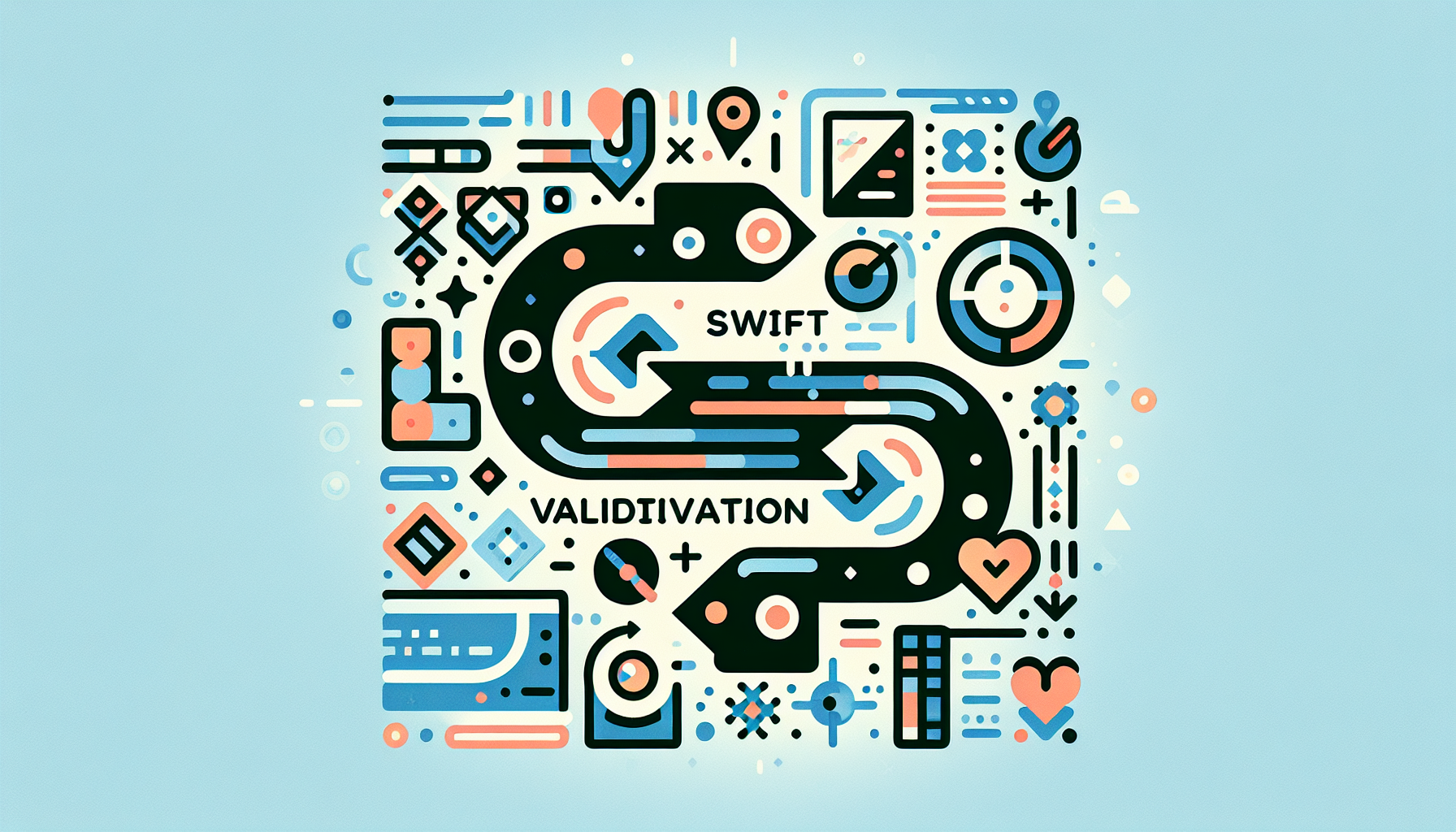In the dynamic world of startups, time is not just money; it's everything. Launching a product quickly and efficiently can be the difference between a startup that soars and one that sinks. This is where the concept of a Minimum Viable Product (MVP) comes into play. But, how exactly does fast MVP validation impact startup success? Let’s dive deep into this crucial strategy that has reshaped how startups test, iterate, and launch products.
Understanding the MVP
An MVP, or Minimum Viable Product, is essentially the most basic version of a product that still allows the team to collect the maximum amount of validated learning about customers with the least effort. This approach helps startups minimize the time and resources spent on developing features that customers do not want.
The Speed of MVP Validation
The faster a startup can validate its MVP, the quicker it can start the learning process and pivot or improve based on real user feedback. Speed in MVP validation can significantly shape a startup's trajectory by:
- Reducing Costs: Quick MVP tests mean less money spent on lengthy development cycles for features that may not work.
- Improving Agility: Fast feedback loops enable quicker iterations, helping startups stay agile and adapt to market demands.
- Enhancing User Focus: Rapid validation processes force startups to focus closely on user needs, fostering better product-market fit from the outset.
Steps to Accelerate MVP Validation
- Define Clear Objectives: Know what core hypothesis your MVP is testing. Clear objectives help streamline efforts and focus on gathering actionable data.
- Build a Lean Solution: Construct the simplest version of your product that can bring your idea to life and attract early adopters.
- Gather Feedback Quickly: Use tools and platforms that allow you to reach your target audience and collect their feedback swiftly.
- Analyze and Iterate: Evaluate the feedback, decide if you need to pivot, and make necessary adjustments to your product.
For instance, Startt offers an innovative platform that helps startups build and validate their MVPs efficiently. By using Startt, entrepreneurs can streamline their product development process, enabling faster launch and iteration cycles.
Real-World Examples of Successful MVPs
Many prominent companies began as MVPs and rapidly adapted through user feedback. For example, Dropbox started with a simple video explaining the working of its proposed product, which was enough to gauge user interest and validate the idea. Similarly, Airbnb began by renting out air mattresses in their apartment to test whether there was a market for such a service. These cases underline the effectiveness of MVPs in confirming market demand before full-scale development.
The Impact of MVP Validation Speed on Funding
Startups that validate and iterate their MVPs quickly often find it easier to secure funding. Investors are generally more willing to put their money into ventures that have demonstrated market demand and have a clear understanding of their user base. A fast-tracked MVP validation not only shows proof of concept but also indicates the team's ability to execute with speed and efficiency.
Challenges in MVP Validation
Despite the advantages, fast MVP validation comes with its own set of challenges:
- Market Misreading: Rushing through the validation process can sometimes lead to misinterpreting market signals, potentially resulting in the wrong course of action.
- Quality Compromise: In the hurry to launch an MVP, there's a risk of compromising on product quality, which can impact user experience adversely.
- Overlooking Long-Term Goals: Focusing intensely on immediate validation might divert attention from broader business objectives and long-term viability.
Conclusion
The pace at which a startup can validate its MVP can significantly influence its success trajectory. Quick validation allows for faster pivots and adaptation, critical in the agile startup environment. Tools like Startt can be instrumental in this phase, helping startups build, launch, and iterate their MVPs with remarkable speed and efficiency.
Ultimately, while speed is crucial, balancing it with thoughtful decision-making and continuous learning is vital. Fast MVP validation should not just be about speed but also about smart, strategic actions based on solid data and user feedback. This approach ensures that when a startup does hit the market, it does so with a product that is already primed for success.
For tech-savvy entrepreneurs eager to make their mark, understanding and implementing quick MVP validation processes could very well be your ticket to startup stardom. Embrace the speed, but respect the journey—your startup’s success depends on it.
Ready to build your audience?
It’s completely free to create your page and takes just minutes to setup.
Create your account










